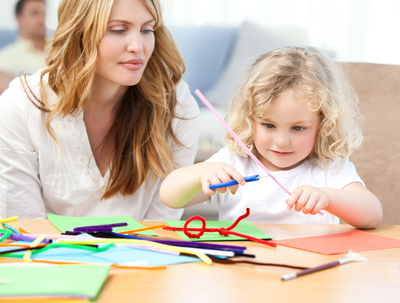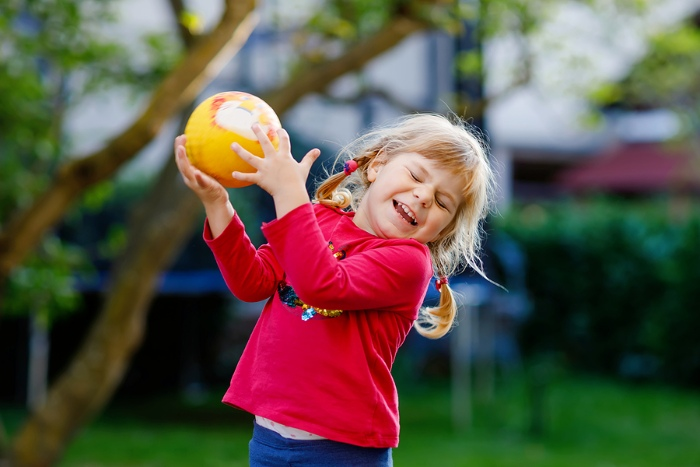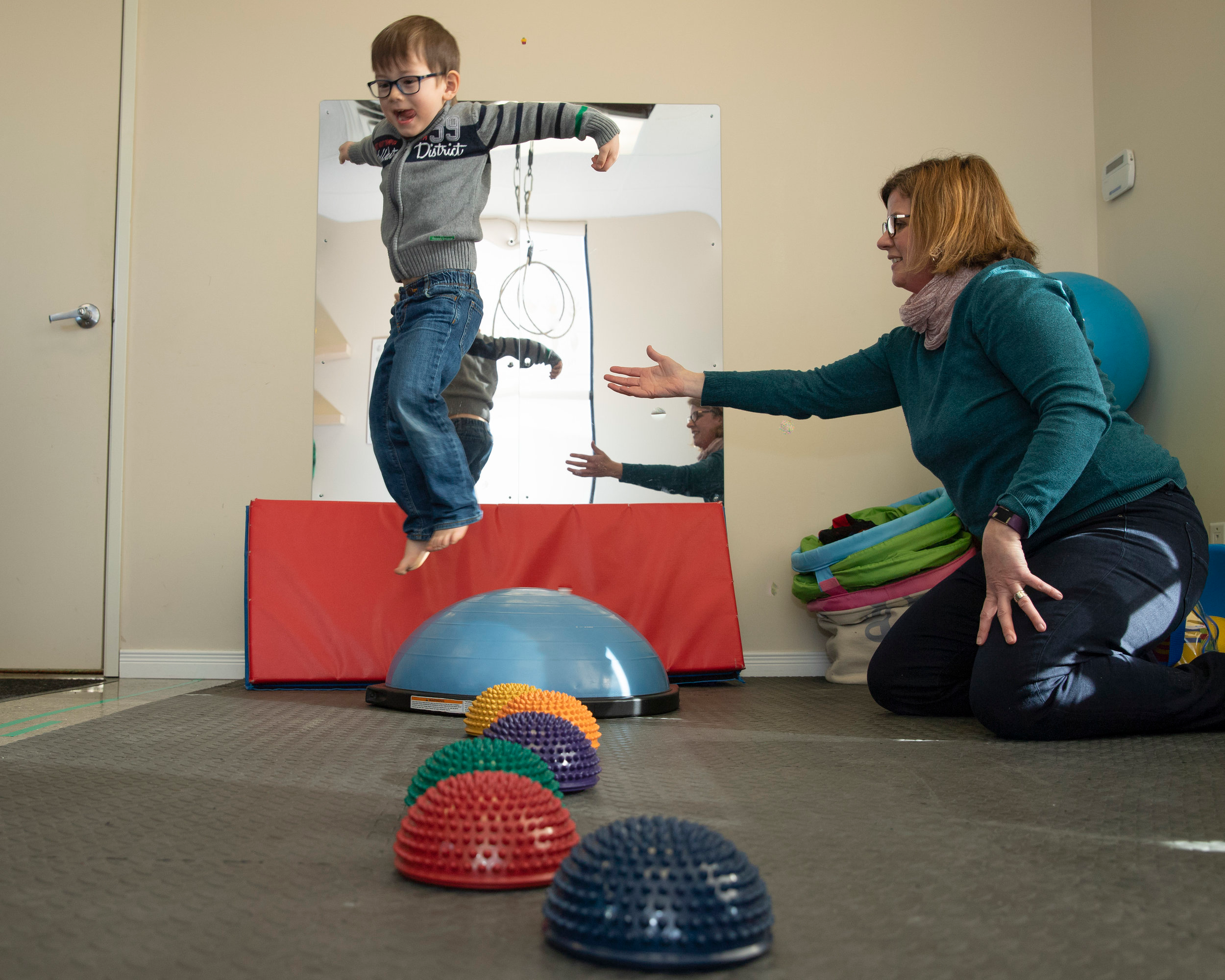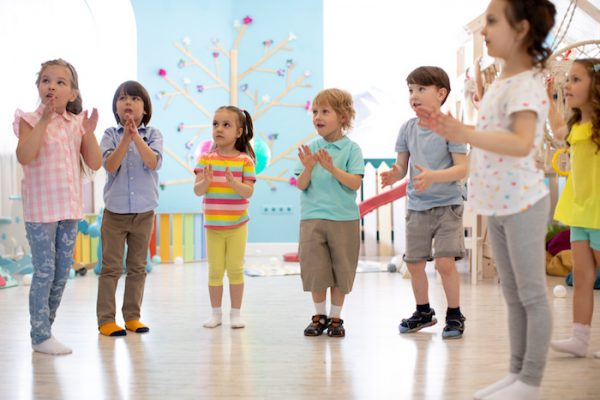Why is bilateral coordination important
Bilateral coordination (bilateral integration) is the ability to use both sides of the body to complete daily tasks.
During child development, bilateral coordination plays an important role in how the children are used to the everyday activities that they perform. Without these types of control everyday activities such as moving buttons and drawing can pose great difficulty to youngsters. The definition of coordinating, formerly called coordinating a bilaterally integrated system, means that both parties are regulated in coordinating their activities. Those coordinate signals show that the left side of the brain work together and communicate. Integration is demonstrated through actions including climbing stairs, dressings, strings, and cutting.
Good bilateral integration/ coordination is an indicator that both sides of the brain are communicating effectively and sharing information. Children who have difficulty coordinating both sides of their body can have difficulty completing daily living tasks (dressing, tying shoes), fine motor activities (banging blocks together, stringing beads, buttoning), visual motor tasks (drawing, writing, cutting, catching/ throwing), and gross motor activities (crawling, walking, climbing stairs, riding a bike).

“Crossing the midline” is an integral skill related to bilateral coordination. Crossing the midline refers to the ability to spontaneously cross over the midline of the body during motor completion/ functional tasks- moving one hand, foot, or eye into the space of the other hand, foot, or eye (i.e. sitting with legs crossed, scratching the opposite elbow, successfully intersecting lines to draw a cross- without switching hands, reading left to right, etc.).
Babies and toddlers may use both hands equally and initiate picking up or interacting with an object with whichever hand is closer (i.e. if the item is on the left side of the table he will likely use the left hand, if it the object is on the right side, he will likely use the right hand). However, by 3-4 yrs. of age a child should typically have mastered the skill of “crossing midline.” Establishing hand dominance (a “worker hand” vs. a “helper hand”) is an indicator that the brain is maturing and lateralization is occurring- this is strongly correlated with the ability to cross midline. The child who avoids midline crossing can have difficulty coordinating both sides of the body and often times, has difficulty establishing hand dominance; tends to alternate hand use when coloring, writing, eating, throwing, etc.
TYPES OF BILATERAL COORDINATION:

There are three different types of bilateral coordination. Let’s break these down.
1.) Symmetrical movements– Both hands do the same thing at the same time. An example of this would be pulling up pants or socks. Other activities that can work on this skill include
-
Holding a squeeze bottle with both hands at the midline to paint.
-
Jumping rope
-
Jumping Jacks
-
Catching a ball with two hands
2.) Alternating Movements– Using the two extremities in alternating motions. You will see alternating bilateral coordination with swimming or climbing a ladder. Activities to work on this skill include:
-
Riding a bike
-
Marching
3.) Dominant hand/Non-dominant hand– Using one hand to perform a task while the other assists is needed for many fine motor skills. This type of bilateral coordination is needed for writing, and cutting with scissors. Activities to work on this skill include:
-
Threading
-
Lacing cards
-
Coloring
-
Writing
-
Tying shoes
The Link Between Bilateral Development and Academic Skills

Many academic skills rely on solid bilateral development.
In reading a book on their own, for example, children must learn to hold the book, turn the pages, and move their eyes from left to right, dropping down to a new line at the end of each line completed.
Writing requires many of the same abilities, in addition to guiding the pen or pencil.
Being able to cross the midline is important for smooth and natural movement during these academic activities.
How Do You Help Your Child Develop Good Bilateral Coordination Skills?

You can find many simple activities and games throughout the course of a day to encourage strong bilateral integration. First, determine your child’s needs by being observant as to how they perform certain functions.
Keep in mind that it is common for babies or toddlers to use the hand that is positioned closest to an object. As kids reach the age of three or four, you can expect to see them crossing the midline and choosing a dominant hand.
Also notice if your child is overly clumsy or fearful of having their feet off the ground, such as in swinging, which can indicate a lack of body awareness.
Through observation, you can determine whether your child has poor bilateral coordination.
BILATERAL COORDINATION ACTIVITIES

Bilateral coordination activities are essential for coordinated and fluid movements that require both sides of the body. Also called bilateral integration, the movements of both hands together in activities requires processing and integration of both hemispheres of the brain to enable both hands working together at the same time, or bilateral movements. Without bilateral coordination, a child might appear to be clumsy or drop items, use primarily one hand in activities, or switch hands during tasks that require a dominant hand and a helper hand. Development of bilateral coordination skills is powerful in functional skills like self-feeding, handwriting, self-dressing, grooming, and more.
Through the following kinds of bilateral integration activities, you can help your child strengthen her coordination skills.
You and your child may recognize most of these activities as “play,” but remember, how kids learn is through play!
Symmetrical Activities
With these types of exercises, your child uses both hands at the same time to do the very same thing:
Painting with a Squeeze Bottle
Paint may need to be thinned with a bit of water to squeeze out easily. Fill one bottle for each colour desired.
Your child holds the bottle with both hands and squeezes it onto the target surface.
This can also be accomplished with clear water outside on a warm day, to squeeze onto the sidewalk or patio.
Blowing and Popping Bubbles
Use homemade or purchased bubble solution with bubble wands or straws.
Adults blow the bubbles and kids pop them between both hands. With a group of children, they could take turns blowing the bubbles.

Rolling with a Rolling Pin
Your child first squeezes the playdough with both hands, which is a symmetrical activity. Then holding the handles on both ends of the rolling pin, he presses down and rolls the pin to flatten the dough.
Pulling Cotton Balls Apart
Grasp one cotton ball at a time with the fingers of both hands and pull them apart.
These are great to use later on in glueing art activities.
Pulling Up Clothing
Certain types of clothing lend themselves well to this activity, such as pants and socks.
Kids grip the article with the fingers of both hands and pull up while dressing.
Tearing Strips of Paper
All kinds of paper may be used for this activity. Challenge your child to tear strips as straight or as curly as possible.
Bouncing and Catching Balls
Bounce large playground balls and catch them with both hands.
This can be played individually or as a partner/group activity.
Performing Jumping Jacks
Show your child how both her feet/legs and both her arms/hands do the same thing while performing jumping jacks.

Alternating Activities
In alternating activities such as those that follow, your child uses the opposite hand/arm or foot/leg in alternate motion:
Climbing a Ladder
Many playgrounds offer safe opportunities for children to climb ladders. Have them practise climbing both up and down.
Playing the Drums with Alternating Hands
Model a rhythm for your child with alternating hands. Challenge him to copy your beat.
Marching
Marching is like exaggerated walking and draws focus to the movements. For added fun, plan a parade.
Air Biking
Show your child how to lie on her back and pedal her legs in the air.
Activities that Require Different Skill Sets for Each Hand
These exercises require a dominant hand and a “helper” hand to perform the tasks:
Lacing on Cards
Make your own cards or buy prepared sets.
Using shoelaces with plastic ends, lace from one hole to the next, following the outline of the illustration on the card. One hand holds the card while the other guides the lace.
Tying Shoes
Using shoes on his own feet or a fun lacing sneaker, encourage your child to practice various methods of making the loops or “bunny ears” and wrapping the lace around and through while holding with the other hand.
Spreading or Frosting
While holding the bread, cracker, or cookie with one hand, spread or frost using a blunt knife or spreader with the other hand.
Sewing for Kids
Use your own materials or buy prepared kits.
Using stiff fabric such as felt, your child can “sew” with a blunt needle and yarn through pre-punched holes.
Create various patterns on the fabric, such as straight lines and zigzags.
Activities for Developing Body Awareness

If your child needs practice to build awareness of the sensations and locations of their various body parts, these types of activities can help:
Playing Simon Says
With a focus on body parts, give commands such as, “Simon says touch your knee.”
Playing Follow the Leader
The leader touches various locations on their own body and names the parts. Children follow their lead and name parts of the body.
Playing Hokey Pokey
Sing the song as a group and/or play the music. Follow the directions given in the song.
Instead of facing the children, stand alongside them to help with the left vs right factor of the song.
Moving Like Animals
Ask for ideas on how snakes, crabs, bears, inchworms, birds, and gorillas move. Talk about the body parts and what they are doing.
Then have fun practicing.
Moving Through Obstacle Courses
Indoors or outside, set up simple obstacle courses with various materials and equipment.
Your child can walk, run, and crawl to go under, over, around, and through objects.
Pushing, Pulling, and Carrying Objects
Get your child to move heavy objects, which makes him more aware of his body and capabilities.
This is also a good activity for building strong muscles.
As adults, we naturally want to help kids. However, helping too much can actually interfere with skill development.
And sometimes, we don’t even realize that we’re helping them with the task!
For example, something as simple as holding the paper still while a child cuts… or keeping a container still so they can remove the lid… interferes with their coordination.
Moreover, providing assistance with a task that seems tricky for a kiddo, actually prevents the child from problem solving, adjusting motor movements and learning from each step of the task.
The more kiddos can feel and problem solve independently, the better it is for brain development!
So, try to help… by not helping!











1 comment
Valuable information. Thank you so much
Leave a comment